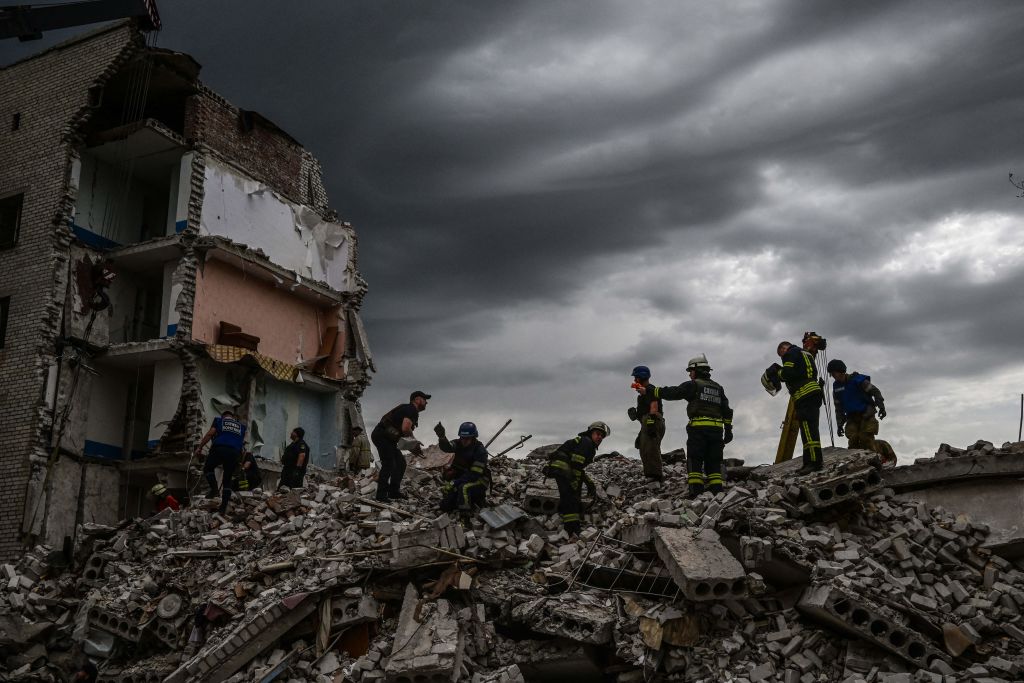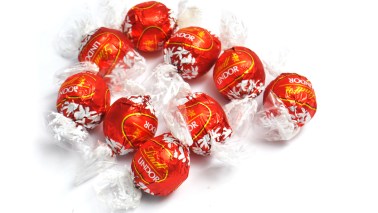In the eastern Ukrainian town of Chasiv Yar, seven-year-old Symon was clinging to a chocolate bar and a packet of biscuits he had just been given by an aid worker. With the sound of each new shell landing – and they were coming every few seconds – his small body shook and shivered in sympathetic rhythm. Eventually he buried his head against his mother, Svetlana’s, coat and closed his eyes.
‘We are terrified’, said Svetlana, a 47-year-old who worked as a chemist in a laboratory before the war. ‘Of course we want to leave.’

Using back roads, and in a borrowed helmet and flak jacket, I visited Chasiv Yar this past weekend with a Canadian colleague, a driver and a photographer.
The shelling around the town – which made for constant, distant thunder – was less intense than usual.
‘This is a quiet day’, said 11-year-old Bohdan, who had also received chocolate.

Get Britain's best politics newsletters
Register to get The Spectator's insight and opinion straight to your inbox. You can then read two free articles each week.
Already a subscriber? Log in






Comments
Join the debate for just £1 a month
Be part of the conversation with other Spectator readers by getting your first three months for £3.
UNLOCK ACCESS Just £1 a monthAlready a subscriber? Log in